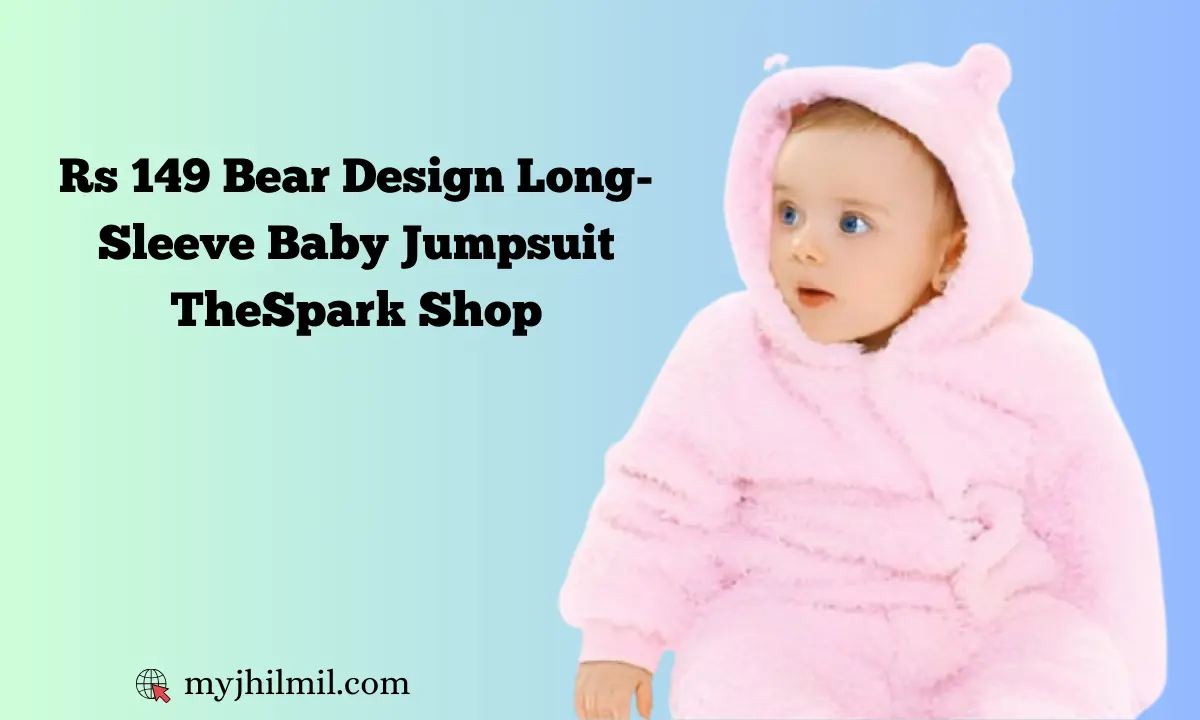Aluminum die casting is a popular manufacturing process because it produces lightweight, strong, and intricate parts efficiently. However, once a part has been cast, it often requires surface treatments to enhance its properties, improve its appearance, and increase its durability. Surface treatments can serve various purposes, such as protecting the part from corrosion, improving wear resistance, or giving it a smooth and aesthetically pleasing finish. Below are some common surface treatments used for aluminum die-casting parts.
Anodizing
Anodizing is one of the most widely used surface treatments for aluminum die-casting parts. This electrochemical process creates a durable, corrosion-resistant oxide layer on the surface of the aluminum. Anodizing not only enhances the natural corrosion resistance of aluminum but also improves its aesthetic appeal by allowing for various color finishes.
The anodized layer is porous and can be dyed to achieve different colors, making it ideal for decorative applications. The anodized surface is also harder than untreated aluminum, providing improved wear resistance. Anodizing is commonly used in automotive, aerospace, and electronics industries, where functional and decorative finishes are required.
Powder Coating
Powder coating is another popular surface treatment for aluminum die-casting parts, known for its durability and aesthetic versatility. In this process, a dry powder (usually a thermoplastic or thermoset polymer) is applied electrostatically to the part’s surface and then cured under heat. The powder forms a solid, smooth, durable finish that can resist chipping, scratching, and fading.
One of the key advantages of powder coating is its ability to provide a uniform and attractive finish in various colors and textures. It also offers excellent corrosion resistance, making it suitable for parts exposed to harsh environmental conditions. Powder coating is commonly used in automotive components, outdoor furniture, and consumer electronics.
Electroplating
Electroplating is the process of depositing a thin layer of metal (such as chromium, nickel, or copper) onto the surface of an aluminum die-cast part through electrochemical reactions. This technique improves the appearance of the part and enhances properties such as corrosion resistance, wear resistance, and electrical conductivity.
Nickel and chrome plating are particularly popular for automotive and industrial parts, providing a lustrous and highly durable finish. Copper plating is often used as an undercoat before applying other metal layers, improving adhesion and enhancing the final finish. Electroplating is widely used in automotive parts, plumbing fixtures, and decorative hardware.
Painting
Painting is a relatively simple, cost-effective surface treatment for aluminum die-casting parts. While it may not be as durable as powder coating or anodizing, painting allows various color options and finishes. It is often used when aesthetic appearance is a primary concern or when parts need to match specific color schemes.
Special paints designed for aluminum can also offer additional protection against corrosion and UV light. While painting may not be as robust as other treatments, it remains a viable option for applications where frequent re-coating is not an issue.
Bead Blasting
Bead blasting, also known as sandblasting or shot blasting, is a mechanical surface treatment used to clean, smooth, or texture the surface of aluminum die-cast parts. Small beads or particles (often made of glass or other materials) are blasted onto the part’s surface at high pressure. This abrasive removes surface imperfections, oxide layers, and contaminants, leaving the part with a uniform, matte finish.
Bead blasting is commonly used to prepare parts for further treatments like painting or powder coating. It can also be used as a standalone finish for parts that require a rougher texture. Bead blasting is often employed in automotive, industrial, and consumer goods applications.
Passivation
Passivation is a chemical process used to enhance the natural corrosion resistance of aluminum by forming a thin, transparent oxide layer on the surface. While aluminum naturally forms an oxide layer in the air, the passivation process ensures that this layer is uniform and offers enhanced protection against oxidation, especially in aggressive environments.
Passivation is often used with other treatments, such as anodizing or electroplating, to provide additional protection. It is especially valuable for components in environments prone to corrosion, such as marine or industrial applications.
Chromate Conversion Coating
Chromate conversion coating, also known as chemical film or Alodine is a chemical treatment used to enhance the corrosion resistance of aluminum die-casting parts without significantly altering their dimensions. This process involves immersing the part in a solution that reacts with the aluminum surface to form a thin, protective layer.
Unlike anodizing, chromate conversion coating maintains electrical conductivity, making it ideal for electronic components. It also provides an excellent base for paint or other coatings, improving adhesion and overall durability. This treatment is commonly used in aerospace and electronics applications.
Conclusion
The choice of surface treatment for aluminum die-casting parts depends on the specific application, desired properties, and environmental conditions. Whether it’s anodizing for corrosion resistance, powder coating for a durable finish, or electroplating for aesthetic appeal, these treatments play a vital role in enhancing the performance and appearance of aluminum parts. Many manufacturers now provide custom aluminum die casting parts with tailored surface treatments, ensuring that the components meet various industries’ exact specifications and requirements. By selecting the appropriate treatment, manufacturers can optimize aluminum die-cast components’ durability, functionality, and longevity.


